The ancient Egyptians used to call Aswan “Sonu” which means “The Market”. As it was a center for convoys coming from and to Nubia. Its warm sun along with the pure Nile River make it one of the best winter destinations for tourists. In this article, we’ll take you on a journey through the city of Aswan and its magical monuments. So HOLD ON! we’re going back through history!
Elephantine Island
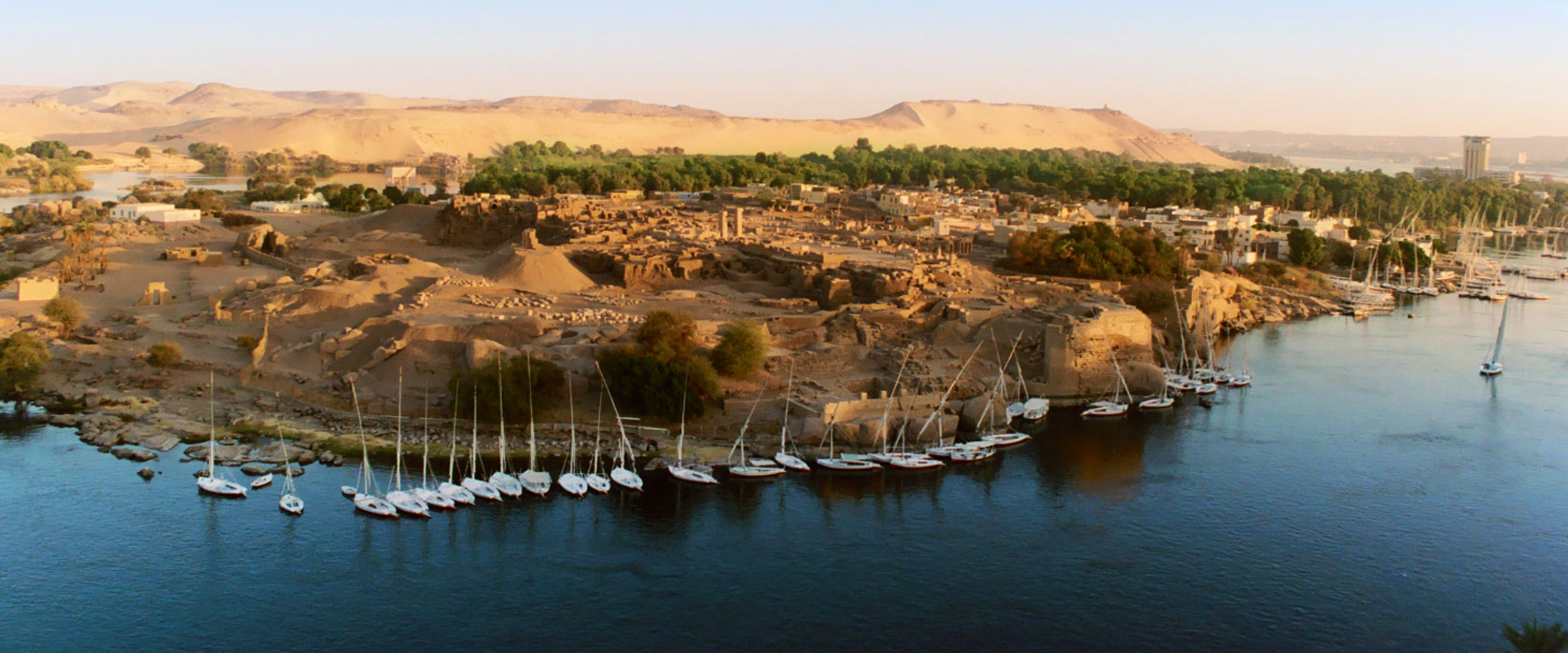
“Elephantine” in Greek means “Elephant’s ivory”. The island was a big port for importing African elephants’ ivory. One of the most important attractions on the island is the “Aswan Museum”. The museum features artifacts from Nubia such as utensils, weapons, pottery, in addition to mummies. You can also visit the Nilometers which are structures for measuring the water level of the Nile River during the flood season. The southern part of the island contains ruins of Khanom Temple and ruins of a granite pyramid. Moreover, you will find many markets, cafes, and restaurants that overlook the Nile.
Abu Simbel Temple

The temple consists of two massive rock temples carved out of the mountainside. The construction of this temple lasted nearly for twenty-one years! You can attend The Abu Simbel Sun Festival twice a year in the temple; on February 22 and on 22 October. It’s when the sun illuminates the face of King Ramses II. Abu Simble temple is a UNESCO World Heritage Site so we think it’s a must-visit destination for you.
Philae Temple
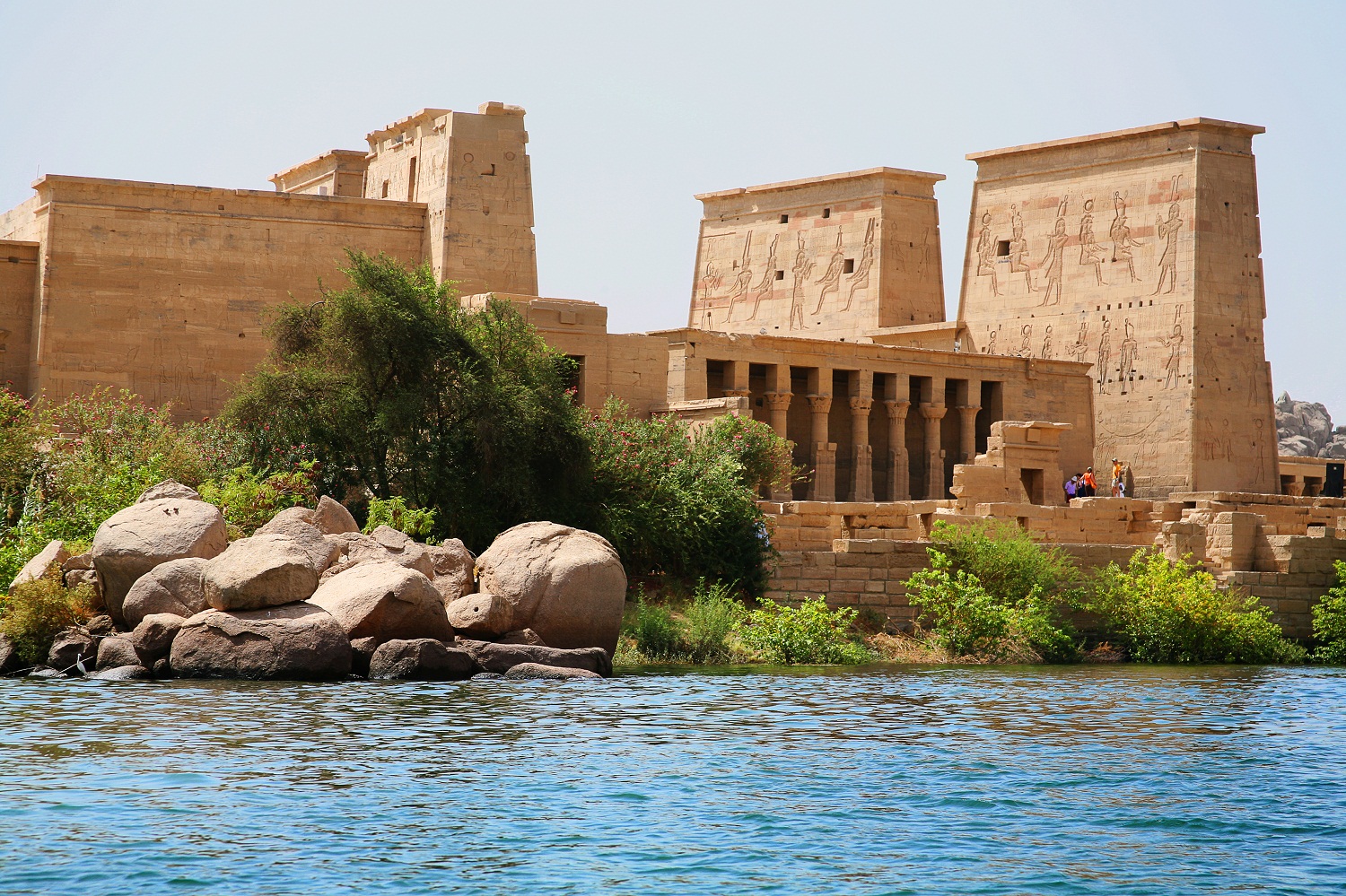
When the temple was flooded by the Nile River, the temple was divided and reassembled in a new location above Agilkia Island. You can enjoy a boat trip towards this island and take a look at the whole temple from the outside. Going into the temple you’ll be able to see the enormity of the building and its huge pillars which carry stunning decorations and inscriptions. You can also attend the Sound and Light Show at night which is available in different languages.
Unfinished Obelisk

The unfinished obelisk is the largest obelisk from ancient Egypt. As it’s nearly one-third larger than any obelisk ever erected. The obelisk offers deep insights into ancient Egyptian stone-working techniques. Besides the unfinished obelisk, an unfinished partly worked obelisk base was discovered in 2005 at the quarries of Aswan. All these quarries and the unfinished objects are an open-air museum considered as an archeological site.
The Nubian Museum
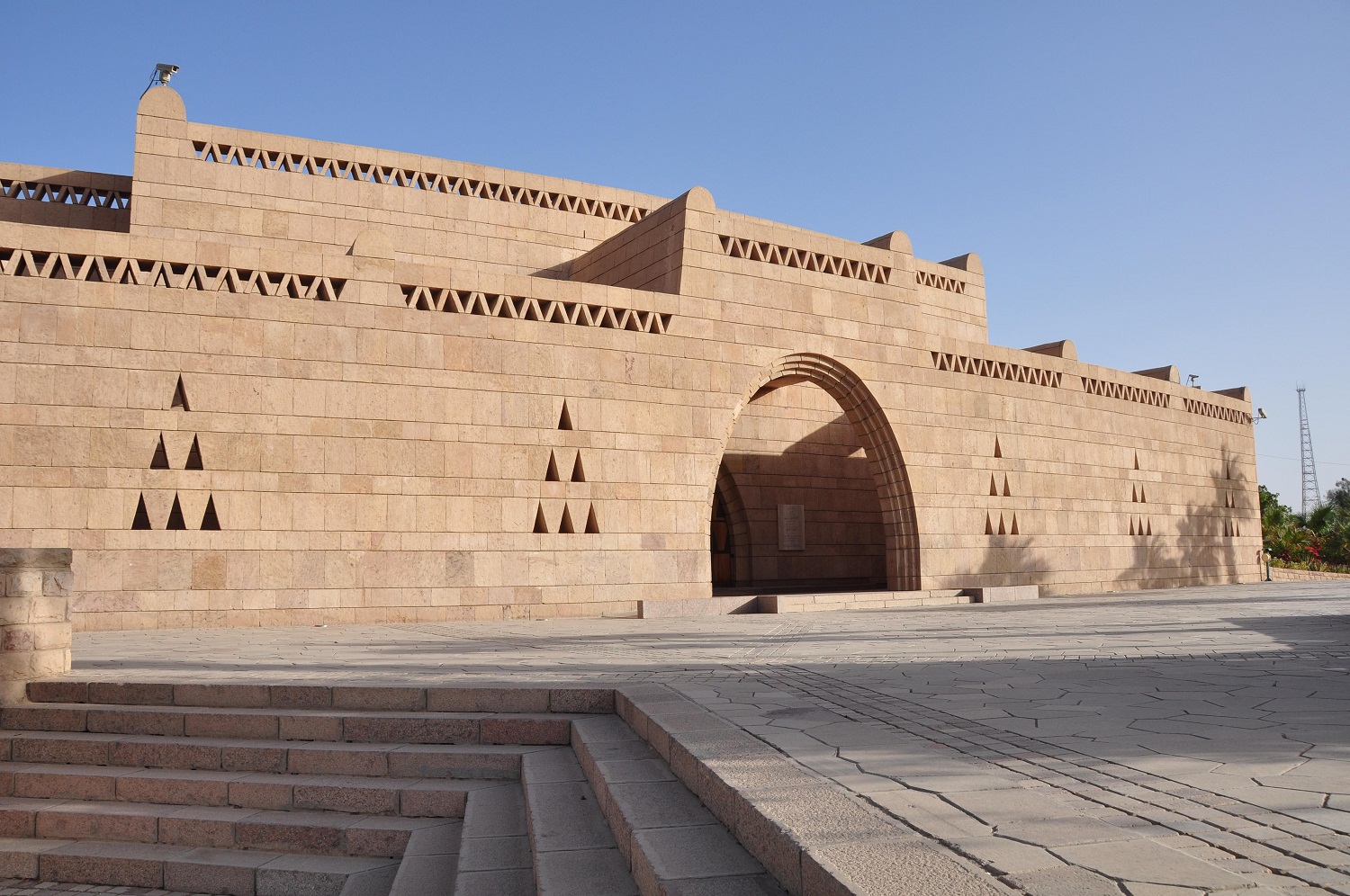
The museum won the Aghakhan Prize as the world’s most beautiful architectural building in 2001. Most importantly, The Nubian Museum consists of three floors and it houses 5,000 artifacts that show the history of Nubia from prehistoric times to our present day. The most famous artifact in the museum is a skeleton of a man that ages 20,000 years old!
The High Dam

The High Dam is one of the greatest engineering projects of the 20th century. The dam is a rock-filled structure located at Egypt’s southern border with Sudan. Fed by the Nile River, the dam’s reservoir forms Lake Nasser and the dam stores 160 billion cubic meters of water. The construction of the High Dam started in 1960, and it was officially open in 1971 at a cost of one billion dollars.
Kitchener Island
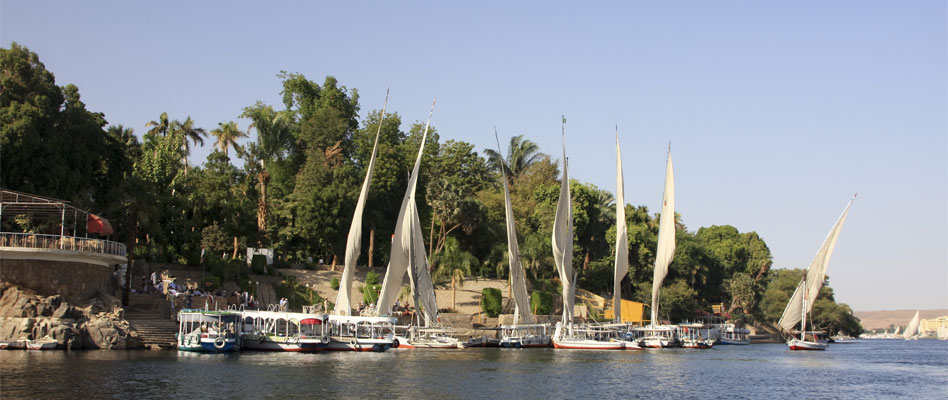
The island is commonly known as “El Nabatat Island” which means the island of plants. However, it was named after Lord Kitchener who was a delegate of England in Egypt. Lord Kitchener chose it to be a winter resort for his family. It is one of the oldest gardens in the world that lies on an entire island. Kitchener Island contains a collection of the rarest plants and trees in the world’s gardens. In addition to plants, the island contains rare species of African birds and animals.
The Monastery of St Simien

Going back to the 5th century AD, The Monastery of St Simien is one of the most famous monasteries located in the western Nile in Aswan. The monastery was built on the ruins of an ancient Roman castle as there is a large number of Roman towers located in the wall surrounding the monastery. While getting to the monastery, you will take a boat across the Nile then walk up a desert track, or you can hire a camel to take you up there.
Kom Ombo Temple

Kom Ombo Temple is a magnificent double temple in the town of Kom Ombo in Aswan. It was constructed during the Ptolemaic dynasty and it consists of two parts for two sets of gods; the northern part of the temple was dedicated to the falcon god “Horus”. And the southern half of the temple was dedicated to the crocodile god “Sobek”. That’s to say, Don’t miss visiting The Crocodile Museum inside the temple which displays a few of the three hundred crocodile mummies discovered in the vicinity.
Edfu Temple

Also known as Horus Temple, Edfu Temple is the most beautiful and complete of the Ptolemaic temples. It’s the second-largest temple in Egypt which took about 180 years to build. The temple was built specifically after the war between King Horus and his uncle King Sit. The engraved details of the great battle on the walls are to tell the story of this epic war. you have to take some cool pictures behind statues of god Horus in front of the temple.
Kalabsha Temple
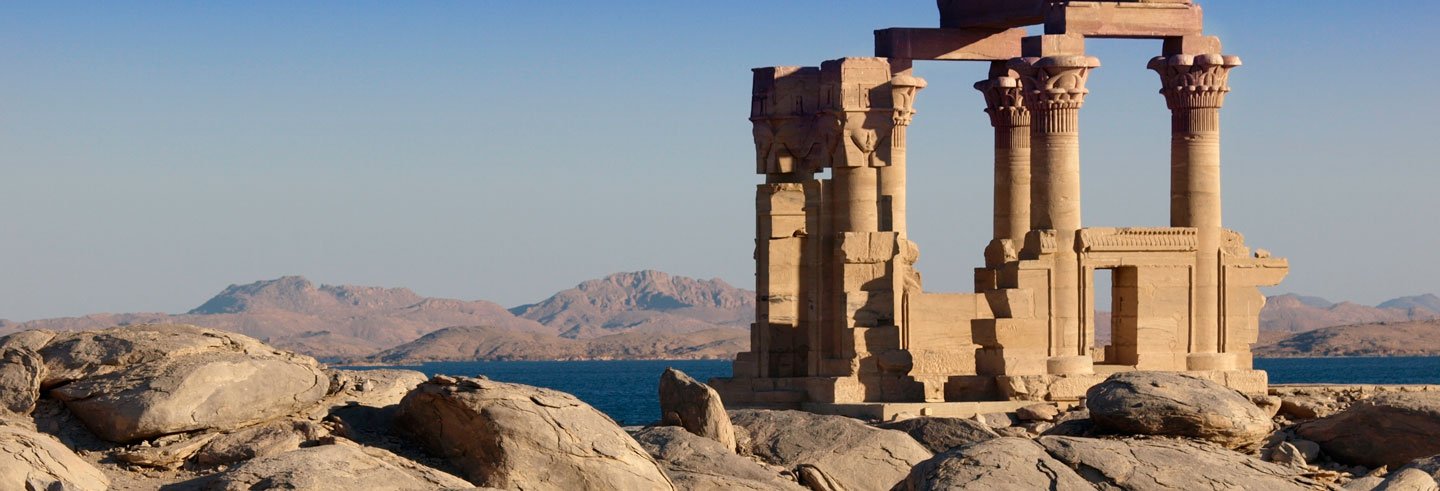
Kalabsha Temple is one of the most important tourist attractions in Aswan. The temple was built around 30 BC in the Roman era. Although the building was never completed, it is regarded as one of the best examples of Egyptian architecture in Nubia. When Christianity was introduced to Egypt, the temple was used as a church. Kalabsha Temple was relocated after building of the High Dam to protect it from rising waters on Lake Nasser and the moving process took more than two years.


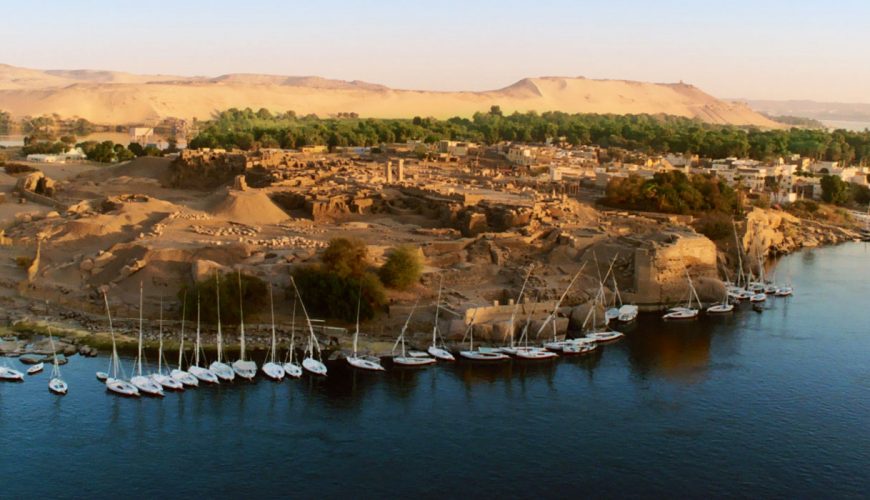
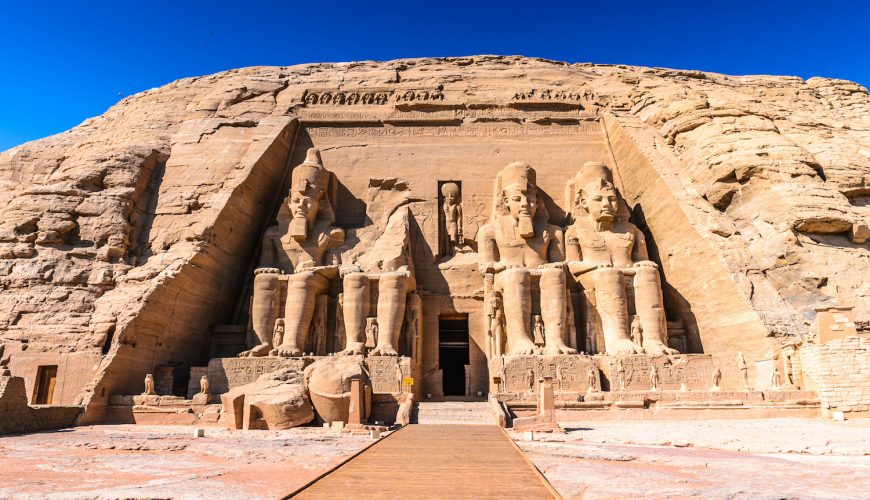
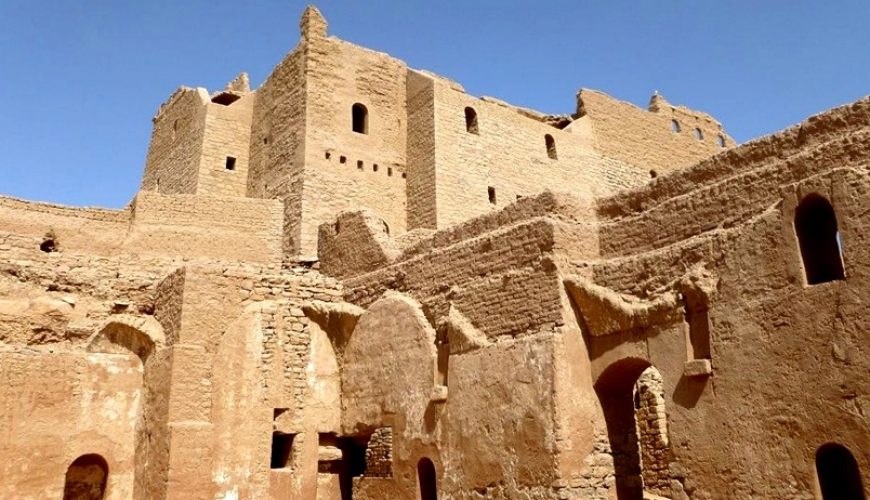

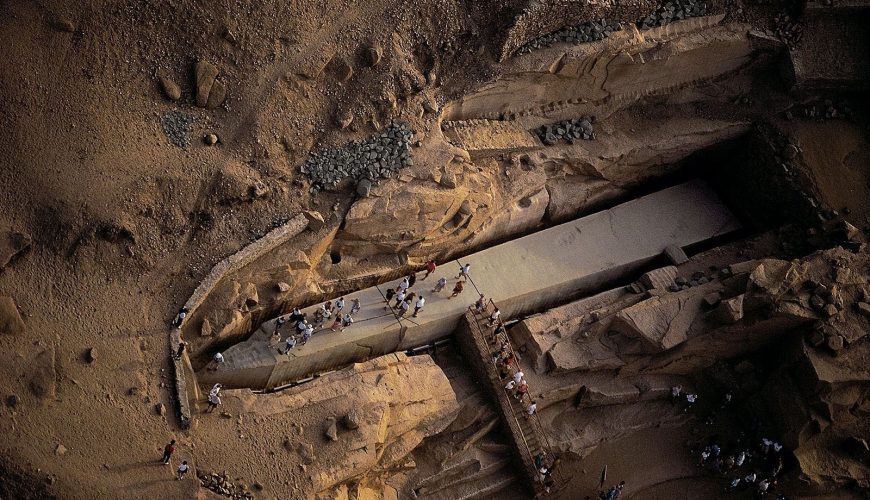
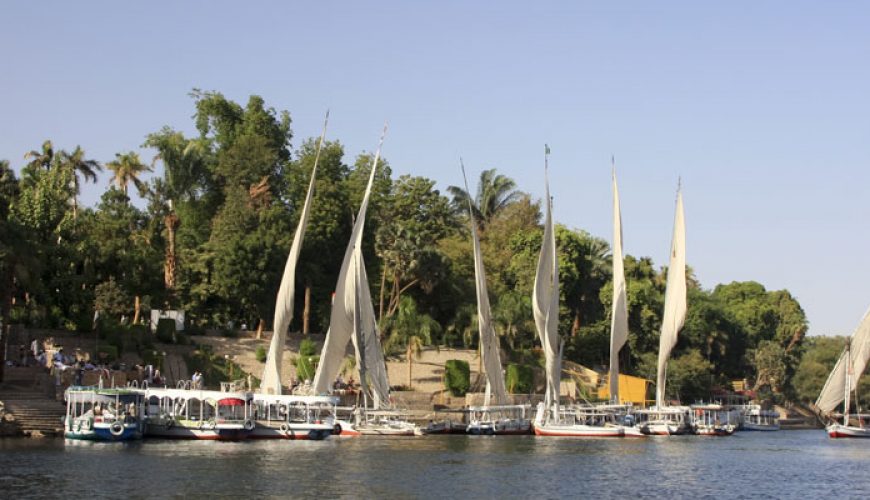
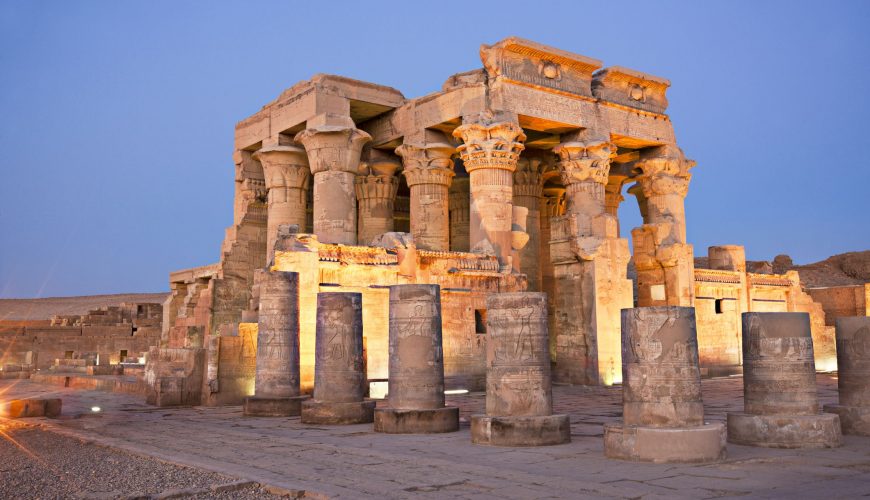
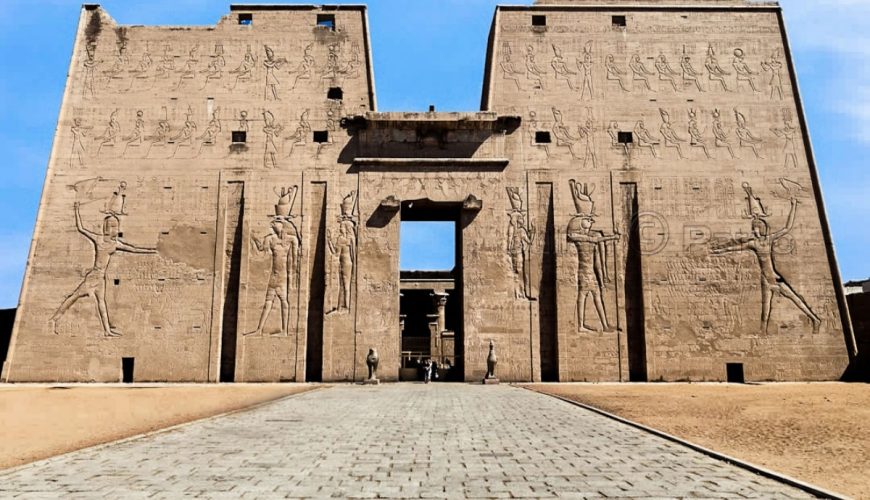
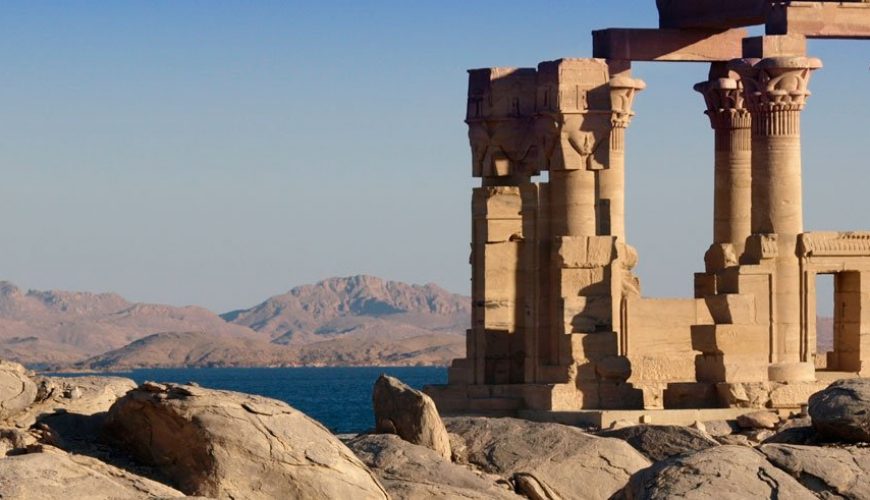
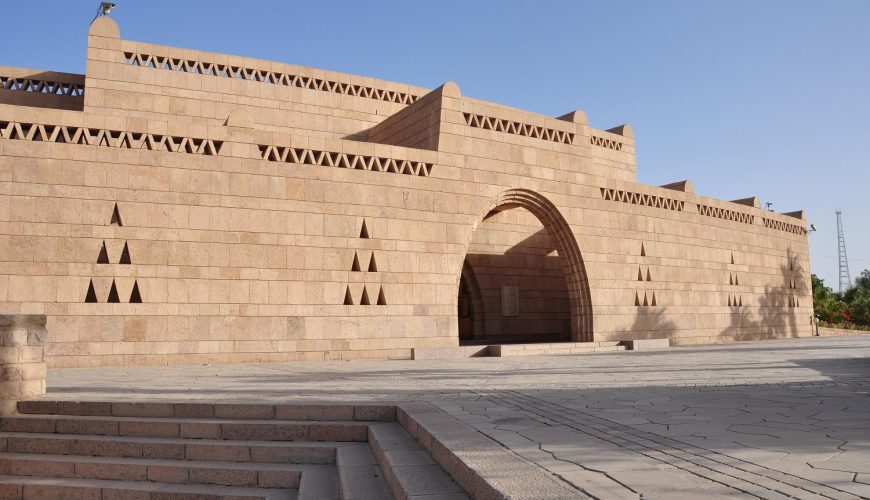
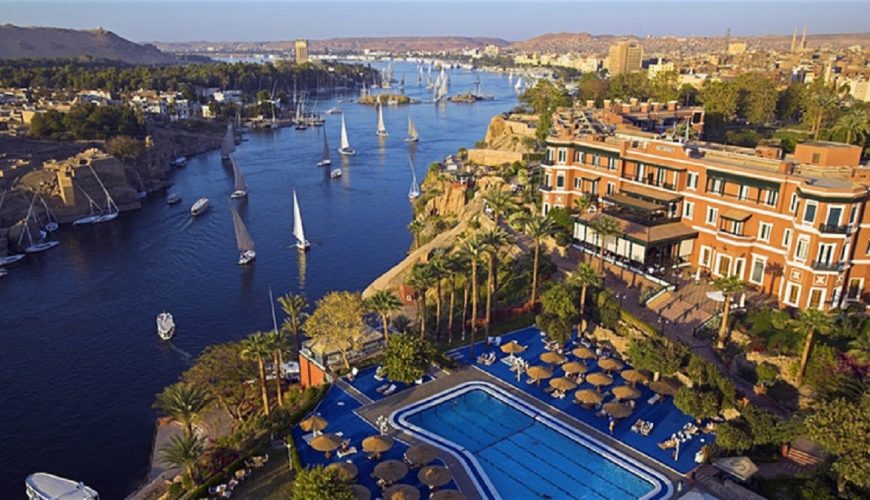


Customer
В «AVPrintPak» упаковка становится частью брендинга: конструкторы и производственные линии выпускают коробки любой сложности — от хром-эрзаца и микрогофрокартона до тубусов и круглых коробок для цветов и тортов. Премиальные решения дополняют тиснение, выборочный лак, конгрев и точные ложементы. Собственный парк офсетного и цифрового оборудования обеспечивает стабильное качество и оперативные тиражи, конструкторы создают тестовые образцы под ваш продукт. Ищете коробка с логотипом на заказ? Подробности и портфолио — на сайте avprintpak.ru
Customer
[url=https://magya-aleksey.ru/]Заказать приворот[/url] сегодня можно у опытного специалиста, который помогает даже в самых сложных случаях. Магические услуги направлена на восстановление отношений. Когда отношения разрушаются, то обратитесь к магу. Приворот способен снова объединить сердца. Все ритуалы проводятся конфиденциально. В основе ритуалов — светлая энергия, что гарантирует отсутствие негатива. Определяется степень совместимости, чтобы выбрать правильное направление работы. Оплата производится только за результат. По отзывам людей, что изменения в поведении любимого заметны почти сразу. Магическая помощь нужна не только для любви: привлечение удачи и успеха. Маг подходит к каждой истории с вниманием. Ритуалы усиливают ваши внутренние желания, поэтому искренние чувства играют решающее влияние. Когда кажется, что всё потеряно, то обратитесь за помощью сегодня. Помощь предоставляется через интернет и лично. Никто не узнает о вашем обращении. Тысячи успешных случаев — это подтверждение эффективности. Каждый ритуал индивидуален, поэтому важно доверять специалисту. Вы можете заказать приворот прямо сейчас и верните счастье. Магическая помощь — это инструмент, который помогает сердцу снова биться в унисон.
Customer
Фабрика «ВиА» развивает нишу CO2-экстрактов: интернет-магазин https://viaspices.ru/shop/co2-extracts-shop/ аккумулирует чистые экстракты и комплексы для мяса, рыбы, соусов, выпечки и молочных продуктов, а также продукты ЗОЖ. Указаны производитель, вес (обычно 10 г), актуальные акции и сортировка по цене и наличию. CO2-экстракты усваиваются почти на 100%, точнее передают аромат сырья и позволяют экономно дозировать специи, что ценят технологи и домашние кулинары. Удобно, что есть комплексы «под задачу» — от шашлычного до десертных сочетаний.
Customer
{think|it’s worth thinking|take care|worry|it’s worth taking care|it’s worth worrying} about {periodic|regular|frequent} updating {programs|software|software} {your wallet|your wallet|your wallet}, {so that {you|visitors|viewers} always {have|have} the latest {security|security} updates and {means|devices|devices|devices|equipment} to protect the #file_links[“C:\Users\Admin\Desktop\file\gsa+en+seomaster100k200k300k400k1009255P2URLBB.txt”,1,N] wallet.
Customer
Вісті з Полтави – https://visti.pl.ua/ – Новини Полтави та Полтавської області. Довідкова, та корисна інформація про місто.
Customer
Visit Mediafire Movies for SEnuke Cracked, Hotfile Downloads and more.
Customer
АНО «Бюро судебной экспертизы и оценки “АРГУМЕНТ”» — команда кандидатов и докторов наук, выполняющая более 15 видов экспертиз: от автотехнической и строительно-технической до финансово-экономической, лингвистической и в сфере банкротств. Индивидуальная методика, оперативные сроки от 5 рабочих дней и защита заключений в судах по всей РФ делают результаты предсказуемыми и убедительными. Ознакомьтесь с кейсами и запишитесь на консультацию на https://anoargument.ru/ — точные выводы в срок, когда на кону исход спора.
Customer
Компания «BETEREX» является важным, надежным, проверенным партнером, который представит ваши интересы в Китае. Основная сфера деятельности данного предприятия заключается в том, чтобы предоставить полный спектр услуг, связанных с ведением бизнеса в Поднебесной. На сайте https://mybeterex.com/ ознакомьтесь с исчерпывающей информацией на данную тему.
Customer
linked here https://pacifica.onl/
Customer
best site https://lighter.rest/
Customer
Гибкий настенный обогреватель «Тепло Водопад» — компактная инфракрасно-плёночная панель 500 Вт для помещений до 15 м: тихо греет, направляет 95% тепла внутрь комнаты и экономит электроэнергию. Влагозащищённый элемент и алюминиевый корпус с заземлением повышают пожаробезопасность, а монтаж занимает минуты. Выберите расцветку под интерьер и подключите к терморегулятору для точного климата. Закажите на https://www.ozon.ru/product/gibkiy-nastennyy-obogrevatel-teplo-vodopad-dlya-pomeshcheniy-60h100-sm-644051427/?_bctx=CAQQ2pkC&at=NOtw7N9XWcpnz4lDCBEKww6I4y69OXsokq6yKhPqVKpL&hs=1 — отзывы подтверждают тёплый результат.
Customer
[url=http://drova-kolotye-bereza-spb.ru]купить сухие дрова[/url] .
Customer
[url=https://www.uslugi-autsorsinga-buhgalterii-811.ru]uslugi-autsorsinga-buhgalterii-811.ru[/url] .
Customer
helpful hints https://web-jaxxwallet.org
Customer
pop over here https://web-breadwallet.com
Customer
https://blogs.uoregon.edu/mmj3/2014/11/19/a-story-without-words-pass-it-on/?unapproved=189488&moderation-hash=d64bb93fa4c88d067aee7965f0e7fa10#comment-189488
Customer
https://www.dreamscent.az/ – dəbdəbəli və fərqli ətirlərin onlayn mağazası. Burada hər bir müştəri öz xarakterinə uyğun, keyfiyyətli və orijinal parfüm tapa bilər. Dreamscent.az ilə xəyalınazdakı qoxunu tapın.
Customer
PolyFerm — экспертные композиции ферментных и микробиологических препаратов для стабильно высокой эффективности технологических процессов. Рациональные формулы помогают улучшать биотрансформацию субстратов, снижать издержки и повышать выход целевых продуктов в пищевой, фарм- и агропромышленности. Команда внедряет решения под задачу, поддерживает тесты и масштабирование, обеспечивая воспроизводимые результаты. Подробнее о возможностях, продуктах и пилотах — на https://polyferm.pro/ — оцените, где ваша цепочка теряет проценты и как их вернуть.
Customer
Thanks for the detailed guidance. More at ##anyKeyword##.
Customer
Thanks for the detailed guidance. More at Best green cleaning services in Mill Valley .
Customer
Стальная надежность для интенсивно используемых объектов начинается с Steel NORD. Производим антивандальную сантехнику из нержавейки, подтверждаем качество кейсами и оперативной доставкой. В каталоге — унитазы, раковины, писсуары, зеркала, душевые поддоны и чаши «Генуя». Доступны решения для МГН, лотковые писсуары и длинные коллективные раковины. Оплата любым удобным способом, отслеживание отправлений и 14-дневный возврат. Ищете унитаз из нержавеющей стали вагонный? Узнайте больше и оформите заказ на сайте — steelnord.ru
Customer
Железнодорожная логистика представляет собой фундаментальный элемент транспортной системы, обеспечивая надежные и масштабные перевозки грузов по всей России и за ее пределами, от сибирских просторов до дальневосточных портов. В этом секторе собраны многочисленные фирмы, которые предоставляют полный спектр услуг: от операций по погрузке и разгрузке, аренды вагонов до контейнерных транспортировок и таможенных процедур, помогая бизнесу грамотно организовывать логистические цепочки в самых удаленных районах. Ищете железнодорожные перевозки? На платформе gdlog.ru собрана обширная база из 278 компаний и 1040 статей, где пользователи могут удобно искать партнеров по жд логистике, изучать станции в городах вроде Екатеринбурга или Иркутска и узнавать о сопутствующих услугах, таких как хранение грузов или разработка схем погрузки. Такой подход не только упрощает поиск надежных подрядчиков, но и способствует оптимизации расходов, ускоряя доставку и минимизируя риски. В итоге, железнодорожная логистика продолжает эволюционировать, предлагая инновационные решения для современной экономики и помогая компаниям оставаться конкурентоспособными в динамичном мире.
Customer
why not try these out [url=https://russian-traditional-clothes.com]russian traditional clothing[/url]
Customer
[p]
At [url=https://downloadming.cn.com/][b]88i[/b][/url], players take to a trusted platform that blends [b]casino[/b] enthusiasm with mixed options like [b]x? s?[/b], [b]th? thao[/b], and crucial [b]trò choi[/b]. From stirring [b]game slots[/b], vibrant [b]b?n cá[/b], to massive [b]n? hu[/b] and life-changing [b]jackpot[/b], every physiognomy is designed during an engaging journey. Fans of old betting can dive into [b]dá gà[/b], test their skills with [b]baccarat[/b], [b]r?ng h?[/b], or challenge likeliness by [b]tài x?u md5[/b] and [b]xóc dia[/b]. With unwearied [b]khuy?n mãi[/b], worthwhile [b]uu dãi[/b], punctilious [b]cskh[/b], and eager countenance for [b]d?i lý[/b], the stage ensures fairness and satisfaction. Explore the official neighbourhood at [url=https://downloadming.cn.com/]https://downloadming.cn.com/[/url] and embrace latest [b]esports[/b] thrills combined with exemplary traditions.
[/p]
Customer
этот контент https://kra41at.at
Customer
Это позволяет экономить массу Вашего времени, так как есть возможность купить все необходимые спортивные товары оптом в Новосибирске в одном месте https://sport-i-slife.ru/shop/volejbol/myach-volejbolnyj-mikasa-mva300-kleenyj/
Линейка товаров фитнес-инвентаря онлайн-магазина Старфитшоп максимально широкая и включает в себя следующие товары: коврики для фитнеса, пилатеса и йоги, блоки и валики для йоги, бодибары, утяжелители, резинки для фитнеса и различные эспандеры, обручи и скакалки, фитболы, степ-платформы, ролики для пресса, упоры для отжиманий, гири, гантели и штанги, а также многое другое https://sport-i-slife.ru/shop/xokkej/422-2/
Ежедневная доставка удобная Вам https://sport-i-slife.ru/shop/trenazhery-detskie/velotrenazher-mexanicheskij-detskij/
Спортивные товары, инвентарь и оборудование от компании «Дом Спорта»
Связаться с нашими менеджерами можно по указанному номеру телефона, электронной почте, через мессенджеры или онлайн-чат https://sport-i-slife.ru/shop/oborudovanie-dlya-fitnesa-i-jogi/gantel-v-vinilovoj-obolochke-5-kg/
Оформить заказ https://sport-i-slife.ru/shop/futbol-gandbol/myach-futbolnyj-torres/
Customer
Ищете доставка сборных грузов? Переходите на официальный сайт «РоссТрансЭкспедиция» rosstrans.ru оказывающую разнообразных услугах по доставке грузов.Посетите вкладку «Услуги» — там вы найдете автоперевозки и железнодорожные отправки, авиаперевозки и доставку сборных грузов, услуги склада и ряд дополнительных сервисов.Также доступен удобный калькулятор стоимости и сроков на сайте, где предварительные тарифы и сроки вас приятно удивят.
Customer
выберите ресурсы
[url=https://kra40at.at]kra cc[/url]
Customer
But yeah Many thanks for taking the time to chat about
this, I believe strongly about it and actually like learning more on this topic.
If doable, as you gain expertise, would you mind updating your webpage with more information? It is extremely helpful for me.
Customer
Ищете готовые решения для бизнеса на платформе 1с-Битрикс? Посетите сайт https://hrustalev.com/ и вы найдете широкий ассортимент отраслевых сайтов и интернет-магазинов под ключ. Вы сможете быстро запустить проект. Ознакомьтесь с нашими предложениями на сайте, и вы обязательно найдете для себя необходимые решения!
Customer
подробнее здесь https://kra40a.at/
Customer
Красота, здоровье, спорт https://mkel.ru/products/svetodiodnaya-lenta-led-flexible-rgb-5-metrov
Существуют определенные рекомендации, позволяющие сделать правильный выбор https://mkel.ru/products/nalobnyj-svetodiodnyj-fonar-yyc-8090-p90
Ведь в интернет-магазине нет возможности проверить товар, оценить его работоспособность и так далее https://mkel.ru/products/avtomobilnyj-invertor-eplutus-pw-1500-24v200v
Однако если следовать нашим советам, получится выбрать качественный товар https://mkel.ru/products/power-bank-10000mah-mivo-mb-108tl-type-c–lightning-vneshnij-akkumulyator
Онлайн-супермаркет электроники и бытовой техники с весьма неплохим ассортиментом и привлекательными ценниками https://mkel.ru/products/nastennyj-kronshtejn-dlya-televizora-tz-42
Офлайн-магазинов у этой платформы нет, только один шоурум в Москве https://mkel.ru/catalog/opticheskie-pribory-dlya-nablyudeniya/page-27
Доставка осуществляется либо курьером по Москве, либо компаниями EMS, СДЭК и PonyExpress https://mkel.ru/products/avtoakustika-dinamiki-eplutus-es-400-260w-4-2-polosnye
Кроме того, BIGgeek доставляет в Беларусь https://mkel.ru/products/vnutrennyaya-kupolnaya-ip-videokamera-st-sk2502
На сайте имеется каталог с удобным распределением товаров по категориям https://mkel.ru/products/smart-televizor-eplutus-ep-241-24-dyujma-led
В ассортименте интернет-магазина от Мегафон часто появляются новинки и эксклюзивы https://mkel.ru/products/portativnyj-tsifrovoj-televizor-eplutus-ep-144t-141-dvb-t2dvb-cfm
Кроме того, в каталоге есть специальный раздел с уцененными товарами: в них может быть небольшой недостаток, который даже не бросается в глаза, но благодаря именно ему цена на такие товары существенно снижена https://mkel.ru/products/radiopriemnik-waxiba-xb-473urt
С доставкой никаких проблем нет как в пределах МКАД, так и по всей России https://mkel.ru/products/mashinka-dlya-strizhki-zhivotnyh-eve-3000
Лови весенний вайб с 20% кешбэком!
Баллы Плюса за оплату картой Яндекс Пэй https://mkel.ru/products/videoregistrator-nagrudnyj-bestcam-c01
Customer
Живые деревья бонсай в Москве и СПб! Погрузитесь в древнюю традицию создания карликовых деревьев бонсай. Ищете бонсай кармона? В нашем bonsay.ru интернет-магазине бонсай представлен широкий выбор живых растений – фикус бонсай, кармона, азалия и многие другие виды. Наши преимущества: только здоровые растения, оперативная доставка по Москве и Санкт Петербургу, экспертиза и советы специалистов. Хотите купить бонсай? Перейдите на сайт за полной информацией!
Customer
Hello guys
Hello. A 23 excellent site 1 that I found on the Internet.
Check out this website. There’s a great article there. https://castoroilguide.biz/casino-offers/the-relationship-between-gambling-and-crime/|
There is sure to be a lot of useful and interesting information for you here.
You’ll find everything you need and more. Feel free to follow the link below.
Customer
buy weed prague cocaine prague telegram
Customer
Узнать больше https://kra39a.at/
Customer
Для тех, кто ценит локальные сервисы и надежность, этот сайт выделяется простотой навигации и оперативной поддержкой: понятные категории, аккуратная подача и быстрый отклик на запросы. В середине пути, планируя покупку или консультацию, загляните на https://xn——6cdcffgmmxxdnc0cbk2drp9pi.xn--p1ai/ — ресурс открывается быстро и корректно на любых устройствах. Удобная структура, грамотные подсказки и прозрачные условия помогают принять решение без лишней суеты и оставить хорошее впечатление от сервиса.
Customer
[url=https://kupit-drova-v-setkah-sergiev-posad.ru]дрова недорого[/url] .
Customer
I have checked this site a couple of times
now and i have to say that i find it quite good
actually. keep the nice work up!
Customer
Компания «Технология Кровли» предлагает профессиональные услуги, связанные с проведением кровельных работ. Причем заказать услугу можно как в Москве, так и по области. Все монтажные работы выполняются качественно, на высоком уровне и в соответствии с самыми жесткими требованиями. На сайте https://roofs-technology.com/ уточните то, какими услугами вы сможете воспользоваться, если заручитесь поддержкой этой компании.
Customer
[url=https://buhgalteriya-autsorsing-spb-811.ru]buhgalteriya-autsorsing-spb-811.ru[/url] .
Customer
Drinks-dubai.ru — для тех, кто ценит оперативность и честный выбор: от лагеров Heineken и Bud до элитных виски Chivas и Royal Salute, просекко и шампанского. Магазин аккуратно структурирован по категориям, видно остатки, цены и спецификации, а оформление заказа занимает минуты. Зайдите на https://drinks-dubai.ru/ и соберите сет под событие: пикник, бранч или долгожданный матч. Поддержка на связи, доставка по Дубаю быстрая, а бренды — узнаваемые и надежные.
Customer
нажмите, чтобы подробнее
[url=https://vodkabet.kz/]vodkabet водкабет казино[/url]
Customer
читать [url=https://kra38a.at]kra38.at[/url]
Customer
Горят сроки диплома или курсовой? Поможем написать работу под ваши требования: от темы и плана до защиты. Авторский подход, проверка на оригинальность, соблюдение ГОСТ и дедлайнов. Узнайте детали и цены на сайте: https://xn--rdacteurmmoire-bkbi.com/ Мы возьмем на себя сложное — вы сосредоточитесь на главном. Диссертации, дипломы, курсовые, магистерские — быстро, конфиденциально, с поддержкой куратора на каждом этапе. Оставьте заявку — начнем уже сегодня!
Customer
[url=http://bannye-drova-spb.ru]bannye-drova-spb.ru[/url] .
Customer
Правительство провинции предоставляет безвозмездную помощь всем, кто
приобретает и регенерирует родных краев в тонких
коммунах,.
my website: Новости русских Италия
Customer
[url=https://www.buhgalteriya-autsorsing-812.ru]buhgalteriya-autsorsing-812.ru[/url] .
Customer
интернет
[url=https://termik18.ru/services/montazh-dymohodov]монтаж и эксплуатация оборудования и систем газоснабжения[/url]
Customer
Whereas this topic will be very vexed for most people, my view is that there needs to be a
middle or widespread ground that all of us can find. I
do worth that you simplyaŠ3e added pertinent and clever commentary here
although, a lot appreciated. Thanks for this post.
It really works like a charm. Im sorry to say that
I doubted this at first.